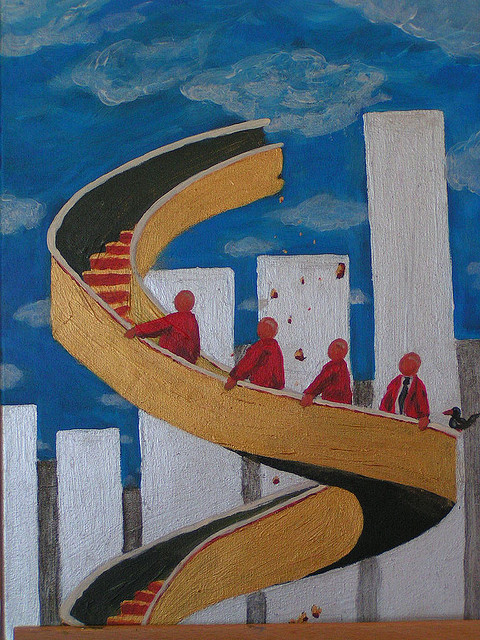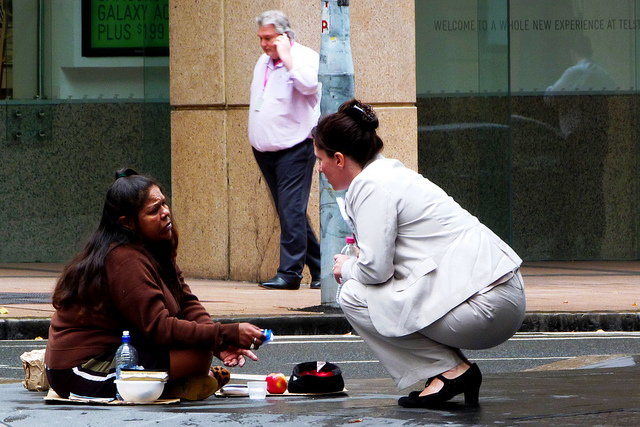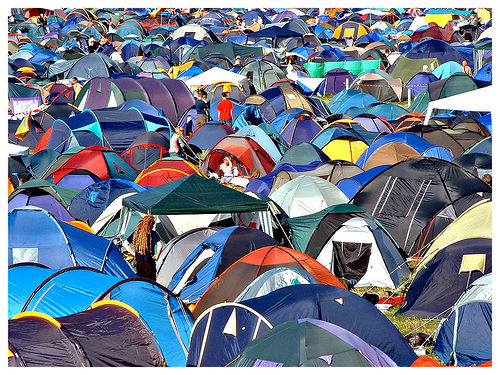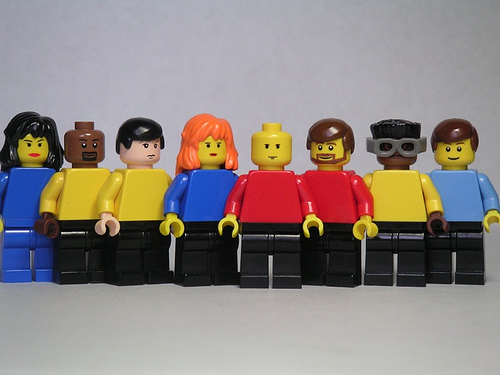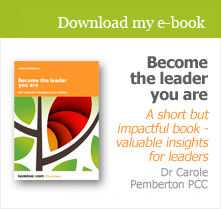opinion
Choosing the path rather than the path choosing you
Leaders and executives who can say with honesty that they love their jobs, who know where they’re taking their careers and who feel that they’re absolutely on the right career path are surprisingly few and far between.
Many executives have careers which are taking them somewhere – but the reverse isn’t true: they’re not necessarily taking their careers in a direction that they’ve thought through comprehensively. Just falling into the next opportunity, or accepting a role where simply their experience, achievements and strengths equip them, means the employer isn’t getting maximum return on its investment in the individual, the individual is likely to be leading a team that isn’t maximally engaged, their working relationships and their relationships to the corporate strategy are depleted (albeit unconsciously), and their career isn’t personally fulfilling.
A holistic approach brings the fullest value
On the other hand, those who have taken their careers in hand in a holistic sense, thinking broadly rather than in terms of the next apparently logical step on the ladder, are more likely to enjoy career longevity and deliver the fullest value for themselves and their organisations.
Executive careers need to be considered in the round, taking account of, and weaving together, the range of factors that influence, and are influenced by, any given career path – from family history to career aspirations, from passions to personal PR.
Many of us don’t know where or how to start exploring what a given opportunity might mean to us, what it reflects about us or how to match who we are to the demands and rewards of the next career move. Those of my clients who engage in a career coaching programme discover what to take account of in themselves and how to create the composite picture that gives them a template for managing their careers.
The Wittenberg Career Coaching Model
The Wittenberg Career Coaching Model weaves together these factors from a number of perspectives:
Where has the individual come from? What and who have been the influences on them – and how do those influences manifest themselves in that individual’s beliefs and choices (some of which may now be outdated)? What have been the high points in their lives (not just in their work)? Where has their greatest sense of achievement and satisfaction come from?
Where are they now? What’s working and what’s not working for them about where they currently find themselves – in what ways are they being fulfilled and not fulfilled, what’s their contribution, how are their needs being met, where do they fit (and commonly where do they not currently fit?), how does their work interface with the rest of their lives?
Most important is the question of who they are. We look at what drives them, what they love doing and in what contexts, what matters to them, their strengths and how they are being applied, the nature of their personality and how others perceive them. Where – when they really dare to contemplate this – do they aspire to go, and what then would their place be? And critically, what gets in their way?
Career practicalities
Just as important as this reflection is its translation into practicalities: clarity of focus, negotiating the market realities of opportunity, managing the personal reputation, and leveraging relationships…. maximising the upsides and managing the downsides, and developing resources and resourcefulness.
This may mean stepping into unfamiliar territory, but in my experience clients who have raised their self-awareness to the point of discovering, and finding peace with, who they are have both the clarity and the self-assurance to manage their journey onwards with meaning and energy.
The executive experience
A client of mine – a leader in his field – put it this way six years after he’d completed his career coaching programme with me:
‘Lindsay coached me after I had spent 25 very happy and fulfilling years working, growing and developing in a particular sector of industry in which I had achieved my limits and reached the stage where I would have to shrink and downsize, or quit. My absolute priority (obsession?) was to make an informed choice, one I would not somehow live to regret a few years down the line.
The current impact – six years later – of the coaching programme on my business is significant: the conjunction between what I enjoy doing, what I do better than others and where there’s demand on the market allowed me to define a very specific business proposition which differentiates me from the rest of the market. The combination of these now allows me to enjoy working in a lucrative way, in a space that provides me with fulfilment and satisfaction, with a very clear “unique selling proposition”, and I am in demand.
Photo by fisserman via Compfight
Factors in managing the executive career
Executives who have taken their careers in hand in a holistic sense, thinking ‘whole-life’ rather than simply in terms of the next apparently logical step on the ladder, are more likely to enjoy career longevity and deliver the fullest value for themselves and their organisations. The Wittenberg Career Coaching Model weaves together multiple factors within multiple perspectives to take account of this ‘whole-life’ approach.
Read more »Your personal brand: a marketable identity
Your personal brand conveys what makes you compelling, memorable and interesting, and becomes increasingly important the more senior the roles you take on. Expressing your personal brand relates to your passions and the sources of your personal fulfilment, your values and your achievement, your strengths and your reputation, your personal vision and your thought leadership.
Read more »Leadership coaching
Leaders who embrace the process of learning and raising their levels of self-awareness, self-understanding, understanding of others and understanding of the systems and contexts they operate within stand to gain the most from leadership coaching. On their coaching journeys they learn to listen to themselves and see themselves as others see them. They become more authentic, they see more clearly what kind of leaders they want to be, and they discover how to make that happen. They learn how to respond rather than react, in a fuller awareness of the choices they make.
Read more »Managing yourself to lead others
The leader who builds on, and develops, their self-awareness in such a way that they can step back emotionally from situations to put their own thinking on hold, and empathise with the players in those situations, will find that they are more connected with their people, and that higher levels of trust, performance, engagement and discretionary effort – rather than obedience or compliance (and the corresponding ‘jobsworth’ mentality) – are the order of the day.
Read more »Diversity: making more of difference
In order to work effectively with difference, the first two steps for the leader are, first, to understand and be aware of their own thinking, emotional processes and place in their systems, and, second, to adopt a stance of acceptance, humility and celebration of diversity. If the prevailing culture in their team, division or organisation doesn’t acknowledge or value diversity, then the leader needs to change their relationship to that culture (and the relationships within it) rather than try to change it from the outside.
Read more »Leadership development
Leadership development means embracing the challenges and being courageous enough to be open to learning, whether that learning is unpalatable or affirming. It means being curious, vulnerable and invested in understanding the systemic factors that shape beliefs, behaviours and relationships. It means learning that can’t simply be learnt from a textbook. It means the leader raising their self-awareness to gain insight into their drivers, strengths, and purpose – and into what inhibits them from achieving the outcomes they really want.
Read more »The global village
In contexts ranging from multinational corporations to social networking, leaders and their teams interact, communicate and influence others in multiple different cultural settings simultaneously. Culture encompasses literally anything which characterises a particular group, and the leader’s task is to release his or her workforce’s capability in this complex and dynamic environment.
Read more »We're all part of the systems
Although we’re all independent human beings, we’re also interdependent, functioning within several systems simultaneously that provide the framework for our relationships to people and organisations, decisions and achievements, beliefs and attitudes. Awareness of those systems and their impact can release blockages in teams, strategy and the implementation of change.
Read more »Executive coaching for leadership and self-leadership
Amongst all learning interventions, the developmental and transformational style of the best executive coaching can equip the leader to deliver leadership that creates a better organisation – and, some would say, a better world - sustainably, with integrity and with authenticity.
Read more »Lessons from neuroscience for learning and performance
Leaders who know how to optimise the conditions for their own and their people’s learning are going to maximise their chances of success for themselves and their organisations. Senior people – indeed anyone thinking about their career development – who build in the search for working environments and a career path that will maximise their learning opportunities is likely to also maximise their chances of fulfilment and therefore success. And those working across cultures or in multicultural environments who know how to maximise harmony, minimise conflict, bring a curiosity for learning and an attitude of acceptance are also going to be those most likely to develop aligned, creative, productive teams and minimise wasted effort.
Read more »
